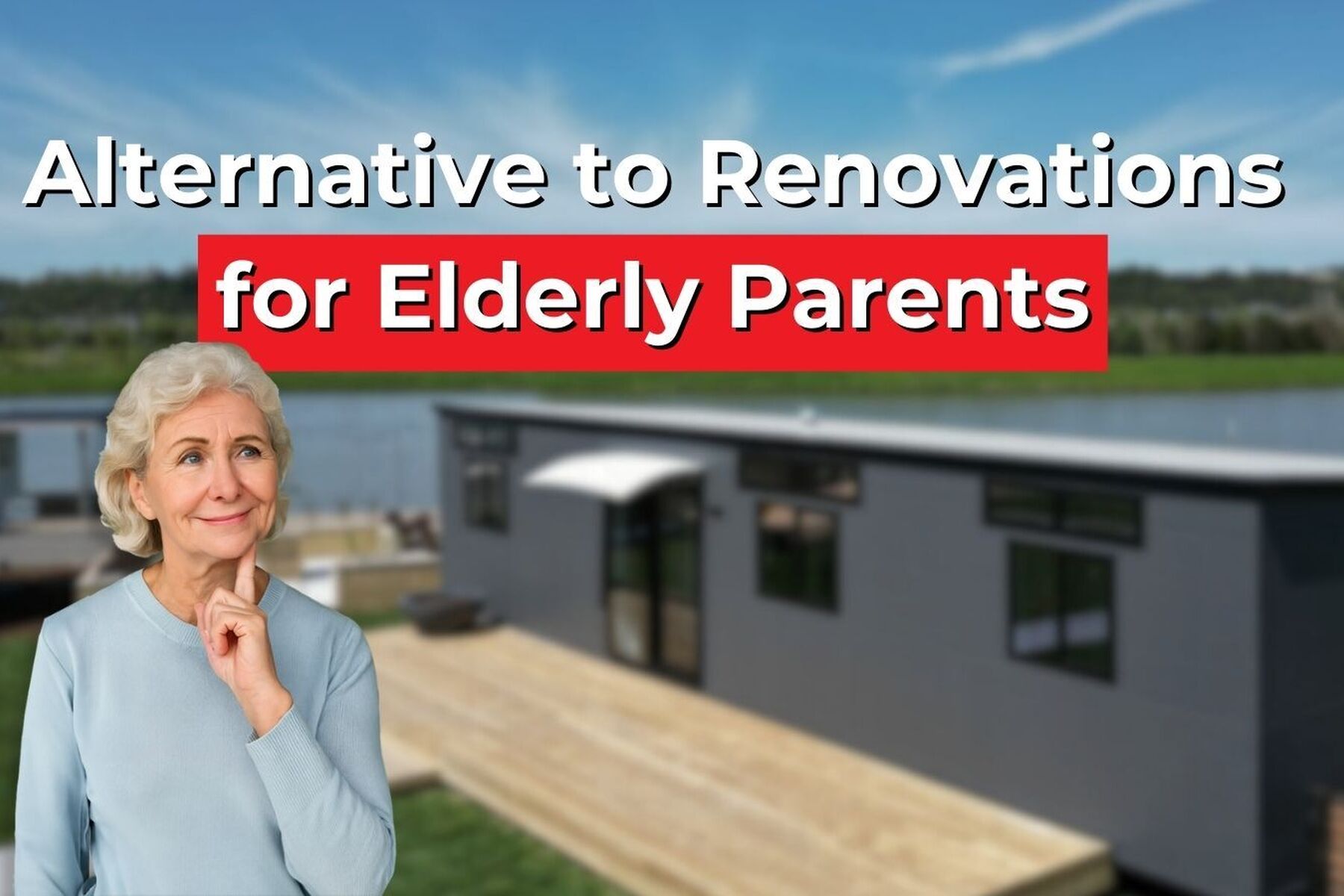
Closer, But Not Too Close: A Practical Guide to Granny Flats & Living with Aging Parents
What Kiwis wish they knew before moving Mum & Dad in - real families share what actually works.
As parents get older, many families begin to ask an important question: should Mum (or Dad) move in with us?
Sometimes the answer comes in a moment of crisis—a fall, a diagnosis, or the realisation that living alone is no longer safe. Other times, it is part of a long-term plan to stay connected, reduce the burdens of home maintenance, and make caregiving easier. Whatever your situation, you are not alone. Thousands of Kiwis are navigating this very transition. And while there’s no one-size-fits-all solution, there are a few common lessons learned—often the hard way.
This guide brings together stories, insights, and practical tips from families who have made the move. Whether you’re just starting the conversation or already knee-deep in renovations or building a granny flat, we hope this helps you make confident, thoughtful choices.